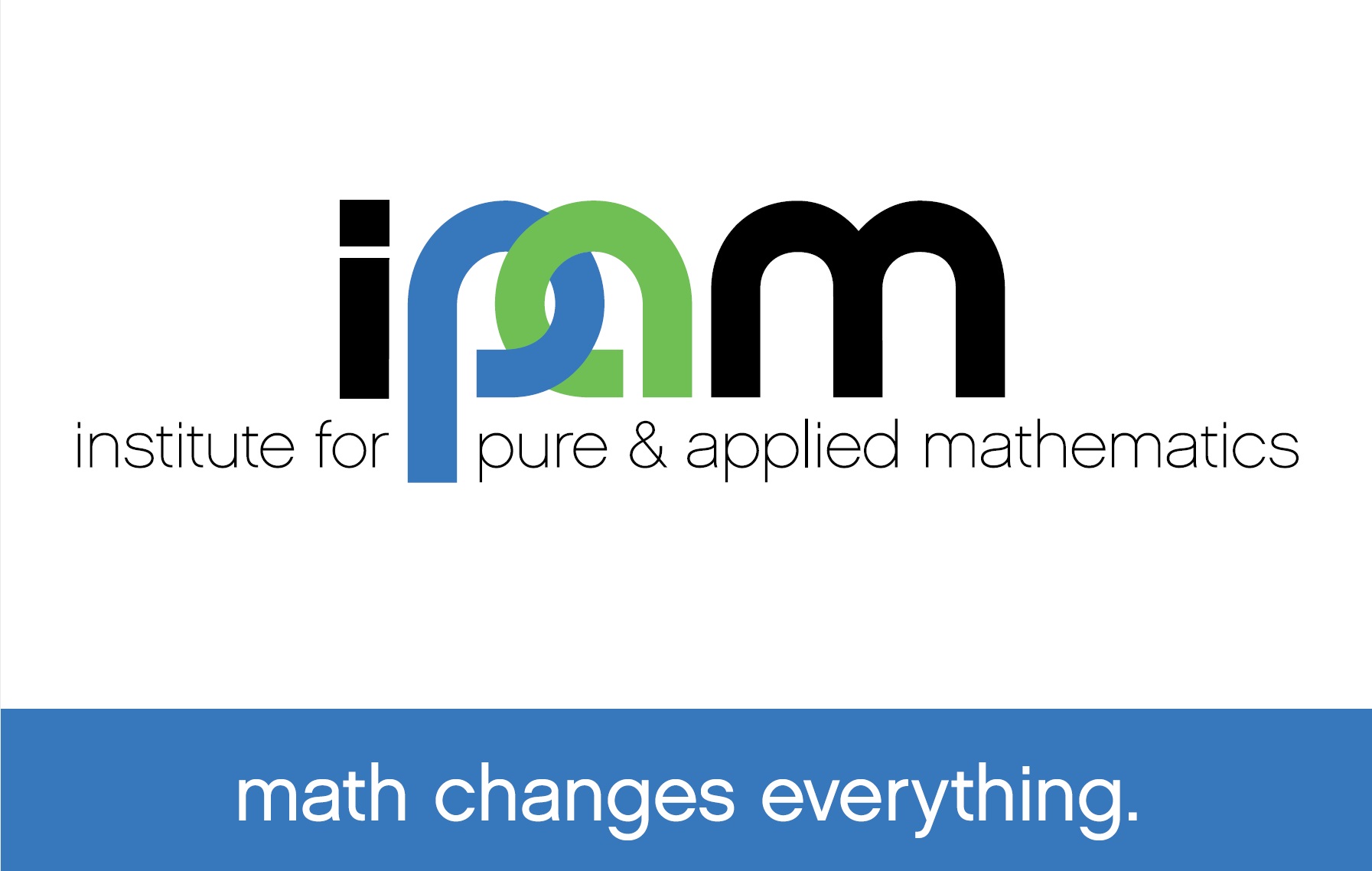Learning dynamical laws from data in classical and quantum settings
Presenter
October 29, 2019
Abstract
Jens Eisert - Freie Universität Berlin
Traditionally, physical laws are being formulated in a largely heuristic fashion, and subsequently their predictions empirically explored. In recent years, it has become increasingly appreciated that for complex systems - and also if one is interested in precise recovery guarantees - the converse approach can be extremely fruitful: This is to learn physical laws from data in the first place. In the rather pragmatically minded main part of this talk, we will be concerned with new ways of learning classical [1] and quantum [2] dynamical laws from data. To avoid the curse of dimensionality for systems involving many degrees of freedom, tensor network methods are being put to a good use [1]. To learn quantum laws from data, ideas of super-resolution and convex relaxations of non-convex problems are being made use of [2]. In the last - rigorously minded - part of the talk, we will see that in important instances, tight guarantees can be obtained. Specifically, we will see that unknown quantum processes and gates can be learned in a provably sample optimal and robust fashion, equipped with rigorous recovery guarantees. We achieve this by exploiting low Kraus rank structure, building on a mathematical machinery of compressed sensing and representation theory. If time allows, in an outlook, I will hint at surprising complexity-theoretic limitations of learning classical or quantum dynamical laws from data [4].
[1] Multi-dimensional approximation of nonlinear dynamical systems, P. Gelss, S. Klus, J. Eisert, C. Schuette, J. Comput. Nonlinear Dynam. 14, 061006 (2019).
[2] Learning quantum Hamiltonians from data, In preparation (2019).
[3] Recovering quantum gates from few average gate fidelities, I. Roth, R. Kueng, S. Kimmel, Y.-K. Liu, D. Gross, J. Eisert, M. Kliesch, Phys. Rev. Lett. 121, 170502 (2018).
[4] The complexity of relating quantum channels to master equations, T. S. Cubitt, J. Eisert, M. M. Wolf, Commun. Math. Phys. 310, 383 (2012).
